Whether you’re a morel mushroom enthusiast or new to morel foraging, you are probably aware of how challenging finding these elusive mushrooms can be. Knowing which trees to look for is a key factor in successful morel foraging – looking up is just as critical to success as looking down. In this article, we’ll cover the top trees morels grow around, their identifying features, and how to find them.
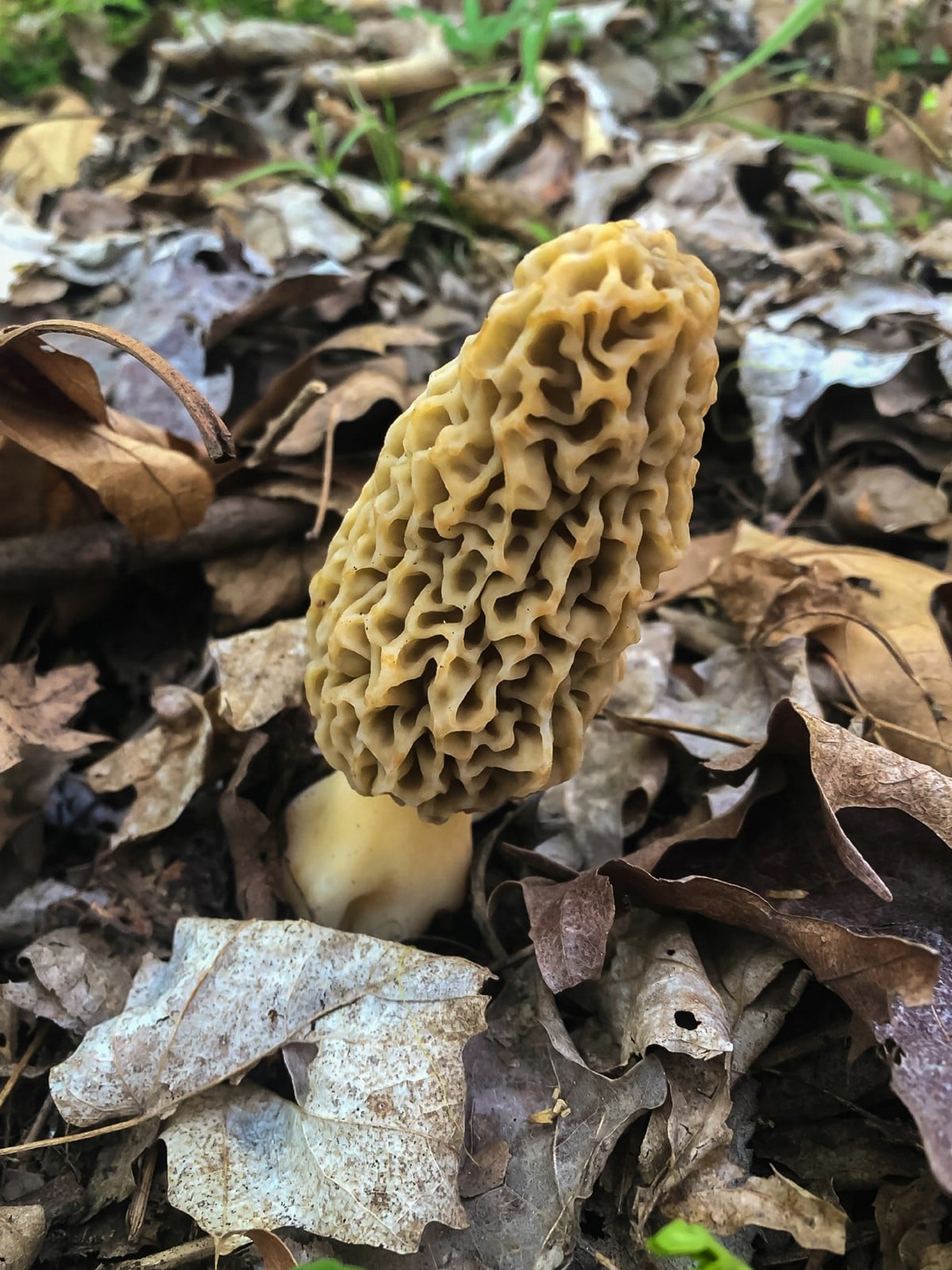
Jump to:
Morel Foraging And Trees – What’s It All About?
Morels share a mycorrhizal relationship with particular trees. This means they have a symbiotic, mutualistic relationship in which the mushroom and tree each benefit from their interactions. The mycorrhiza (root-like threads) of the morel mushroom attach to the tree roots, passing along nutrients from the soil to the tree roots while it receives carbohydrates in exchange.
A lot of mycorrhizal fungi are obligately symbiotic. They cannot survive in the world for very long without their specific tree or plant host. Morels are like this; without the specific tree species, there is no mushroom. This is also why it is so difficult to cultivate the majority of morel species – that symbiotic relationship is virtually impossible to replicate artificially.

Neither tree nor mushroom is harmed or suffers any ill effects from the relationship. Since a mushroom’s mycorrhiza is thinner than a tree root, it has more contact with the soil than the root. This allows the fungus to draw up and absorb more nutrients which it then relays to the tree. Mycorrhizae also protect trees from soil-borne diseases, reduce the effects of drought, add protection against high temperatures, and increases tolerance to toxic elements.
For morels, the tree preference depends on the species of morel. Did you know there are more than 18 species of morels in North America? Some morel species only grow with one type of tree, while others have a wider range. The only way to be successful morel foraging is to be informed.
If you want to be successful morel foraging:
- Learn which morel species grow in your region.
- Determine which trees the morels in your region grow with
- Learn how to identify those trees

The Trees Morels Love
Using this guide: Under each tree species, there is basic identification information as well as where in North America they occur. Following that are tips for finding these tree species and, finally, which morel species associate with the tree species.
The list of morel species that grow symbiotically with the tree is not exhaustive. This is only a basic guide as many morels associate with several different tree types, and the species listed are the ones that are most predominantly found with the trees. Not all tree hosts are on this list. So, don’t be surprised if you find certain morel species growing around other trees; nature doesn’t like to be pigeonholed!
Any morel species with an (*) after it indicates that the morel species very strongly, to the point of exclusivity, prefers that tree species.
- It is important to remember that when morels appear in spring, most trees do not have their leaves yet. Some may be just starting to bud, but in most cases, you’ll be looking at a tree without any foliage or flowers. So, knowing what the leaves look like at the moment is not going to be that helpful. To identify the tree in spring, you’ll need to be able to identify it based on the bark, tree structure, and where it appears.
- Many experienced and dedicated morel foraging aficionados start looking for trees in summer and fall when the trees are easier to identify. Then, they mark them (mentally or on a map) to check out in spring for the presence of morels.

Apple/Pear
These two trees are combined together because the majority of them are human-planted/human-cultivated. You generally won’t find these “in the woods” unless they’re leftover from an abandoned homestead or property.
Use caution when foraging from old apple orchards. The trees and land may have been treated by harsh chemicals in days gone by – a common practice. There are no reported incidents regarding this issue, but it’s best to use caution and only eat morels from these locations with moderation.
Identification:
Apple trees are typically small to medium-sized with a short trunk and wide-spreading branches. They have dark brown bark, and their leaves are oval-shaped with serrated edges. Pears grow 30-55 feet tall, have a narrow crown top, and alternately arranged leaves with shapes varying by species.
Region:
Apple trees are native to Europe but were brought to North America by colonists. They can now be found throughout the United States, especially in the Midwest and Northeast regions.
Tips:
- Look for orchards or abandoned farmsteads with remnants of apple trees.
- You can also find apple trees along fence rows, hedgerows, or old-growth forests.
- It is more common to find morels around old apple trees, but that is not a limiting factor.
- Apple trees take a long time to die, so morel flushes are usually consistent and prolific in these locations.
Morels: M. americana, M. angusticeps, M. cryptica
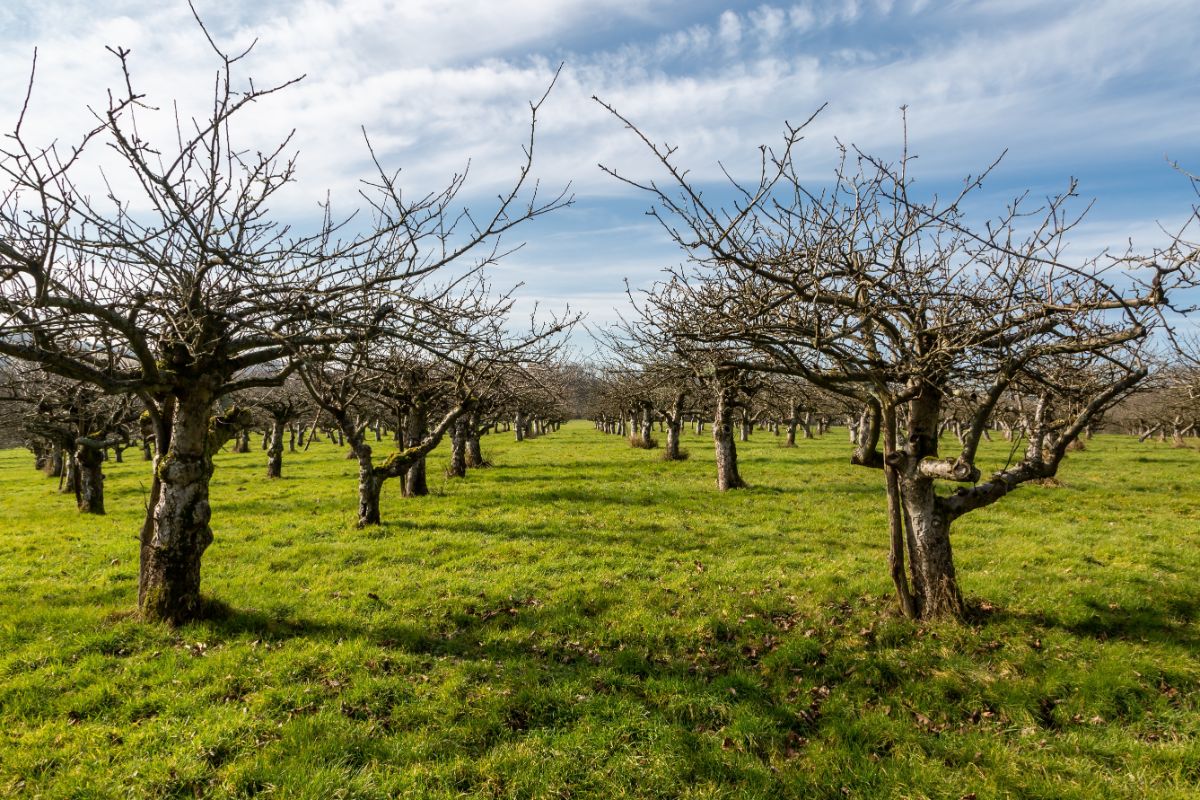
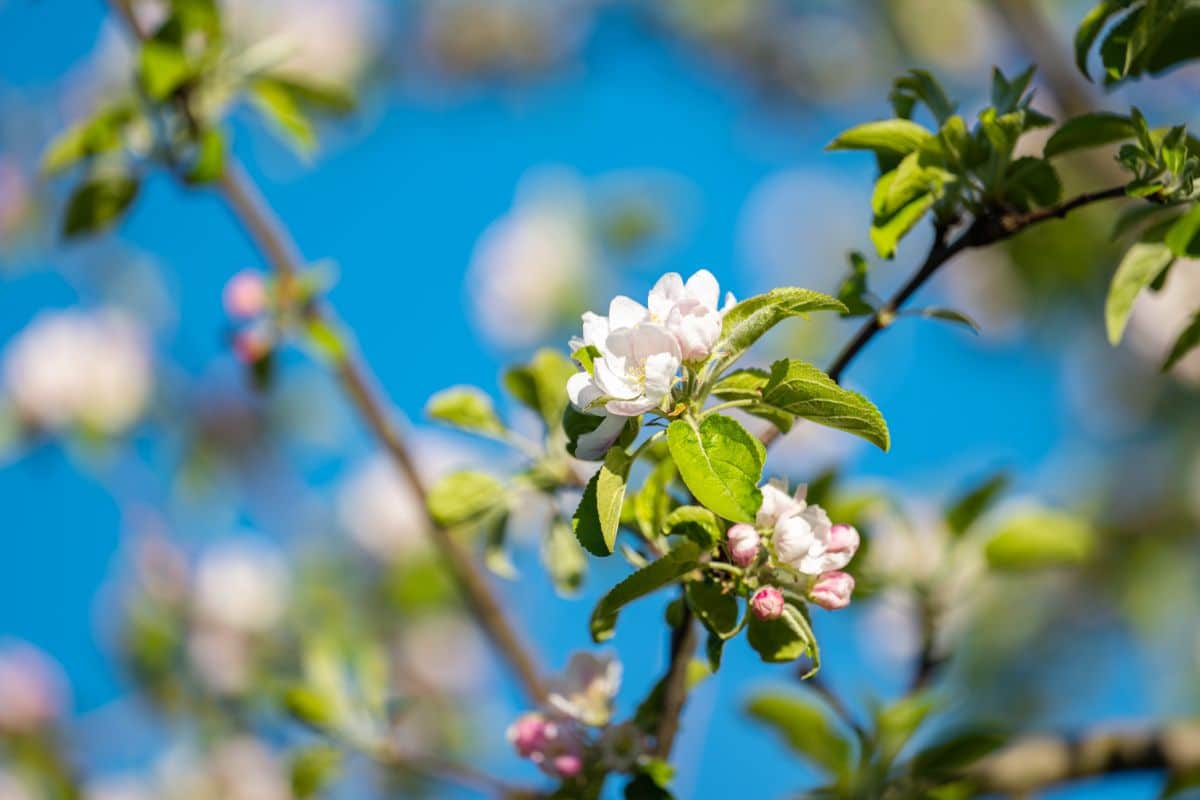
Ash (White Ash and other Ash species)
Ash trees are fighting a rugged battle right now against the Emerald Ash Borer, a beetle native to northeastern Asia. They are not winning this battle, unfortunately. The effect or consequences this will have on morels is unknown. Many morel species depend on ash trees, though none rely on it exclusively.
Identification:
Ash trees have diamond-shaped bark patterns with a pale grayish-white color. The leaves are compound and typically have five to nine leaflets with a glossy dark green color on top and a lighter green on the underside. These trees grow upwards of 80 feet.
Region:
Ash trees can be found throughout North America, particularly in the eastern and central regions of the continent.
Tips:
- Look for these trees in wooded areas or along stream banks.
- They tend to prefer rich, well-drained soils.
- There is debate among foragers whether morels prefer live ash trees as opposed to dead ones. Both will fruit morels, but many say it is more common and prolific with live trees.
Morels: M. americana, M. angusticeps, M. septentrionalis, M. cryptica, M. diminutiva
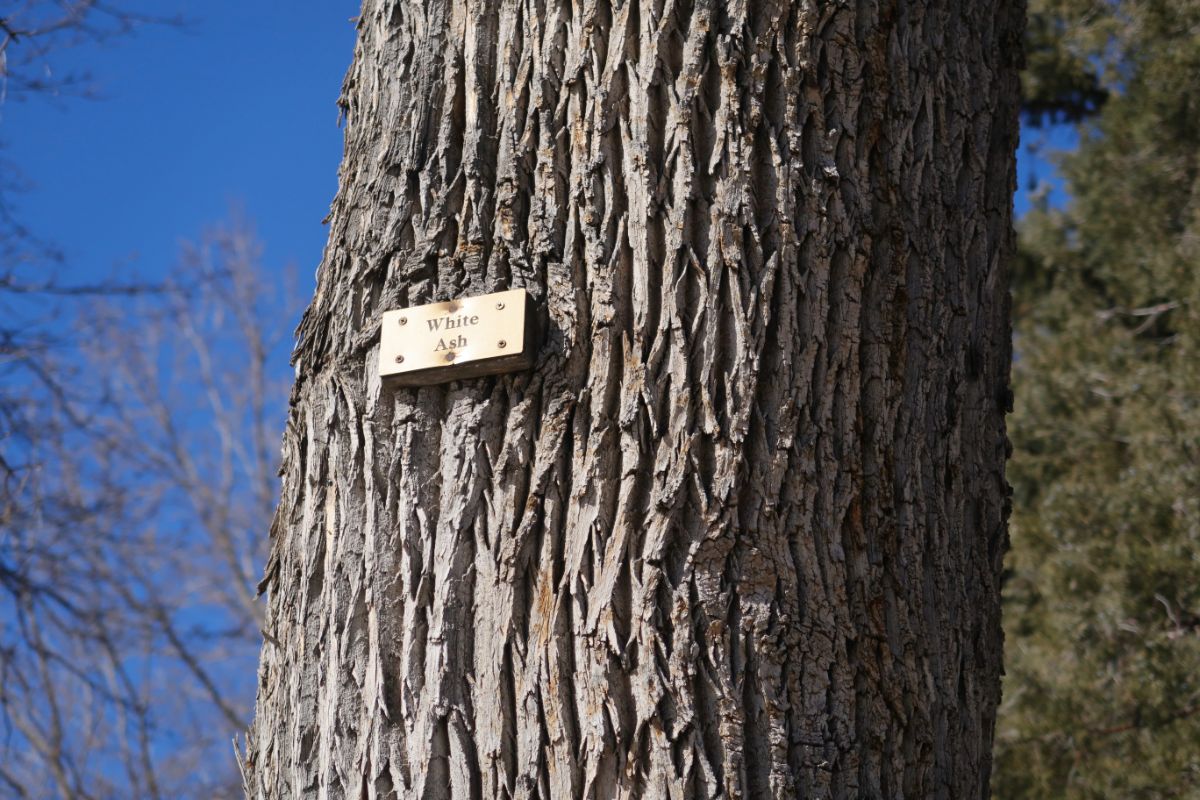
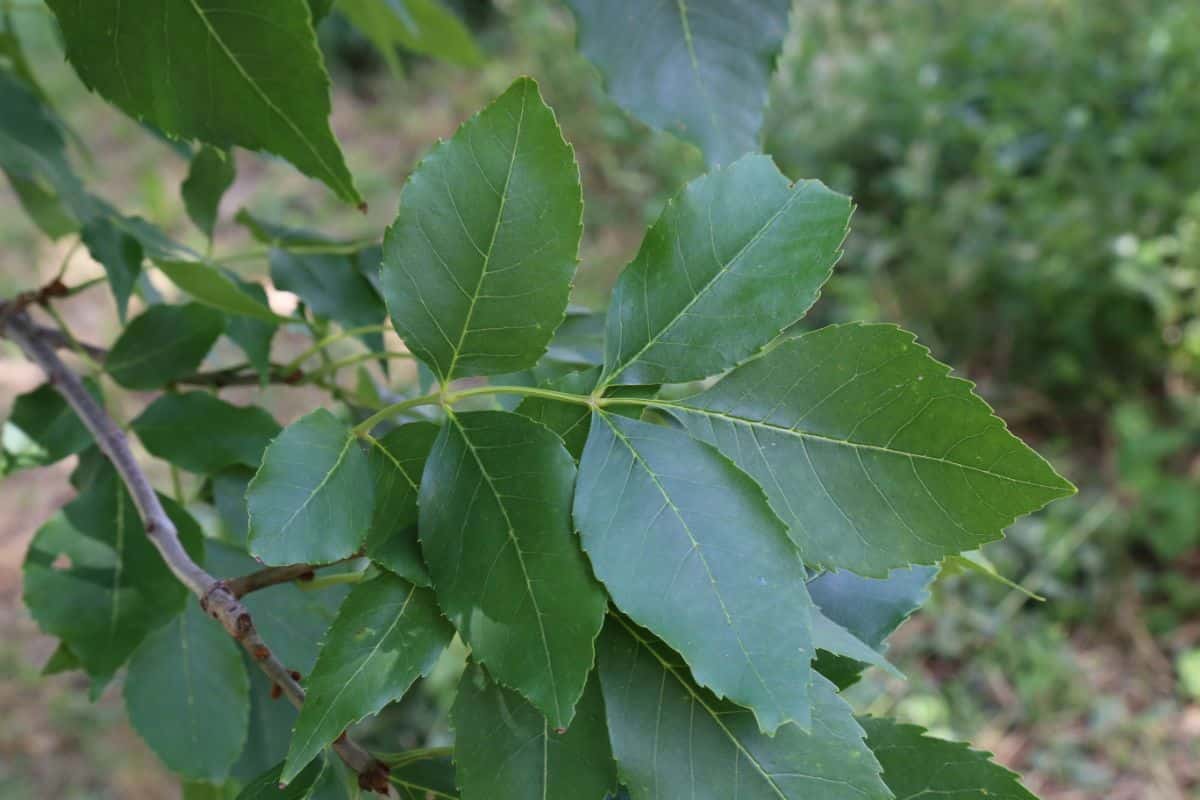
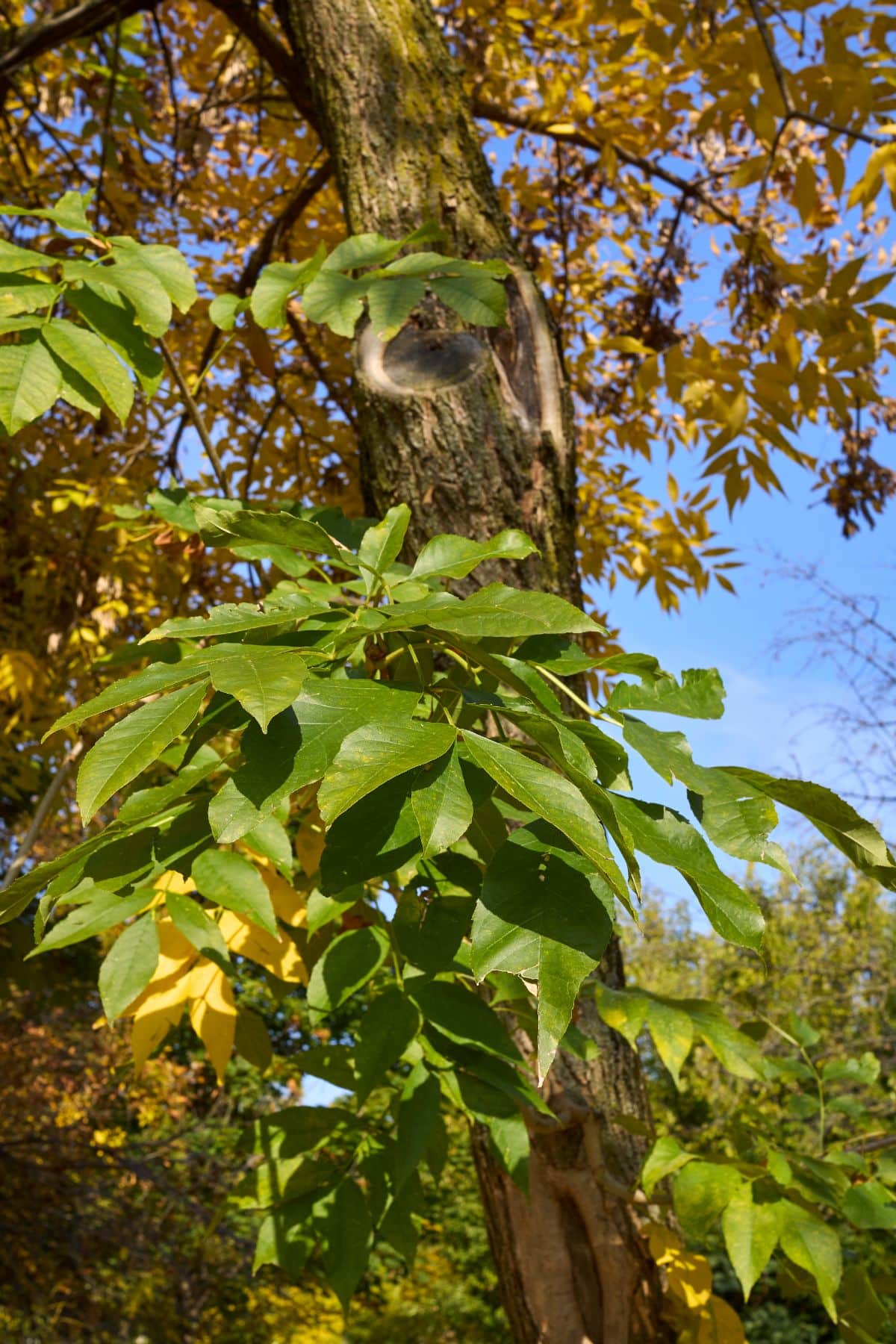
Aspen
Identification:
Aspen trees have smooth, pale gray bark with black markings. They have small, circular leaves that flutter in the wind, making them easy to identify.
Region:
Aspen trees are found throughout much of North America, from Alaska down to Mexico. They are especially prevalent in the western half of the continent, including states like Colorado, Wyoming, and Montana.
Tips:
- Aspen trees are typically found in areas with moist soil, like along rivers, streams, or wetlands.
- They prefer areas with full sunlight, so they may not be found in heavily shaded areas.
Morels: M. septentrionalis
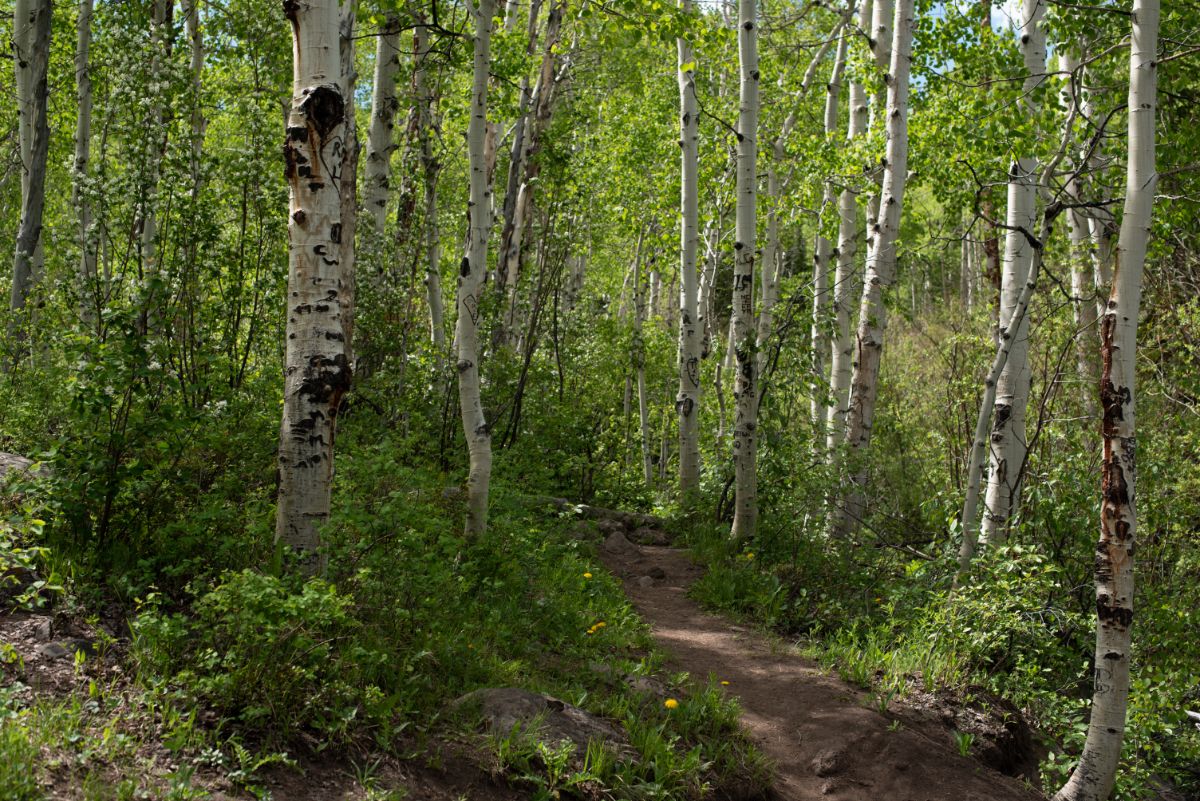
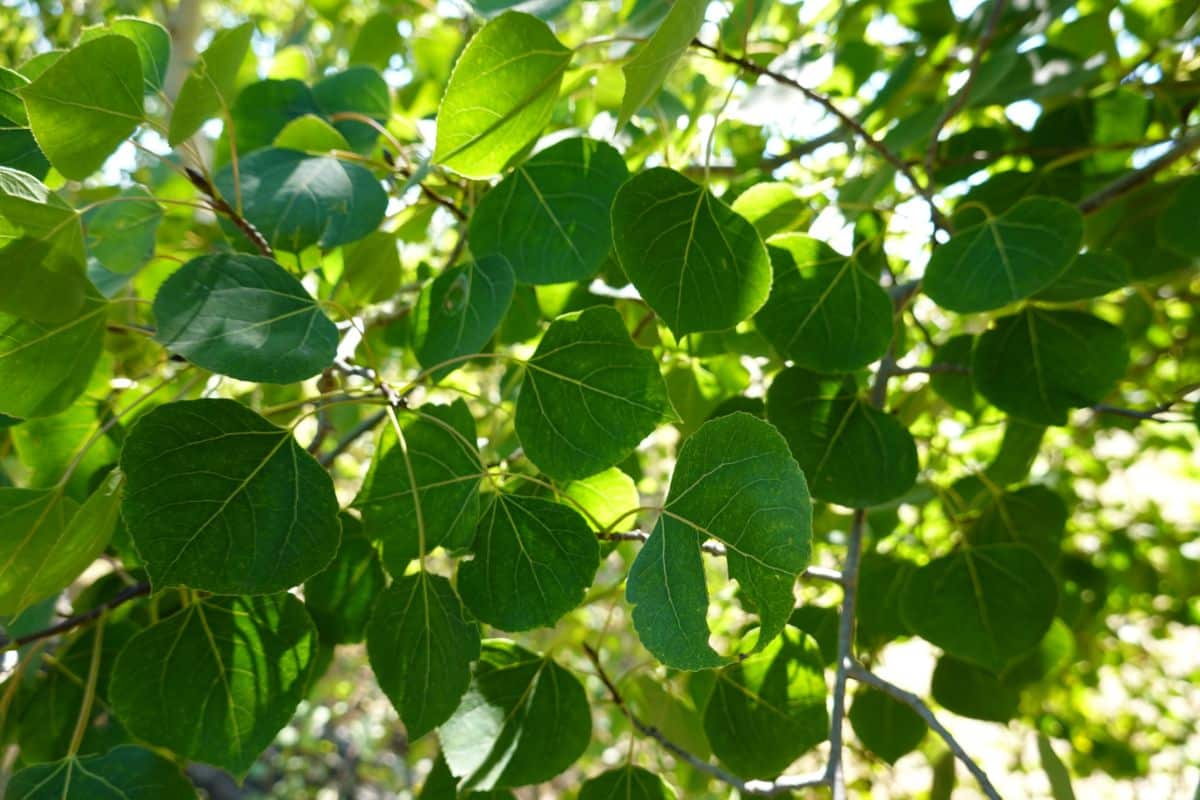
Cottonwood
Identification:
Cottonwood trees are recognizable by their thick, furrowed bark and large, triangular-shaped leaves with a distinctive toothed edges. The leaves are also slightly pointed at the tip.
Region:
Cottonwoods are found throughout the United States and Canada, with the exception of some parts of the Midwest. Black cottonwoods grow west of the Rocky Mountains, occurring in Washington, Oregon, California, Montana, and Idaho. Small populations of black cottonwood are also found in Montana, North Dakota, Wyoming, Nevada, and Utah.
Tips:
- Look for cottonwoods near streams, rivers, and other bodies of water. They prefer wet soil and are often found in floodplains.
- Soil that is sandy or loamy is best – anything muddy or super swampy isn’t a good place to look for morels.
- Cottonwood trees can grow up to 100 feet tall, so keep an eye out for towering trees with thick trunks.
Morels: M. americana, M. populiphila (black cottonwood)*
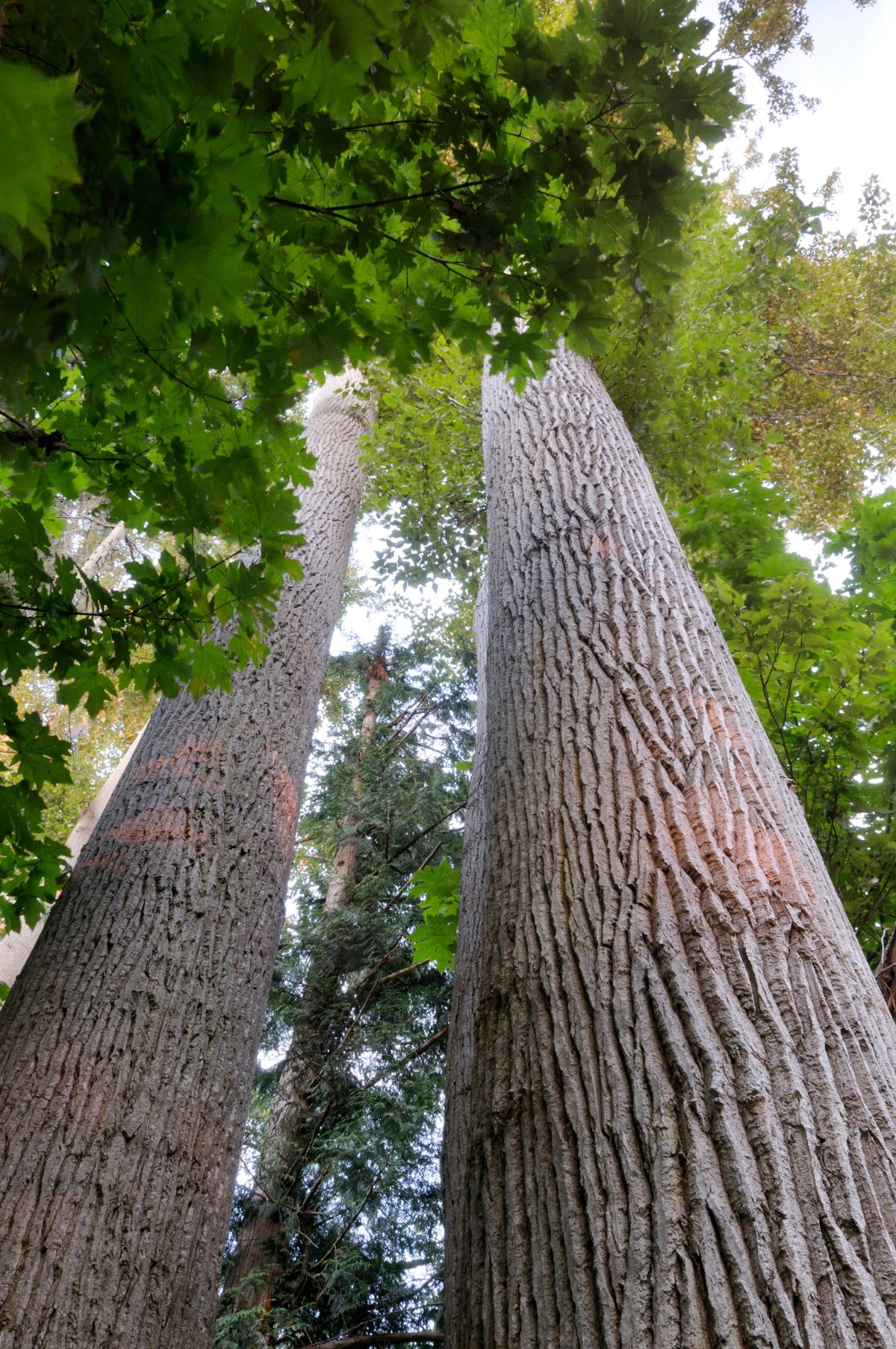
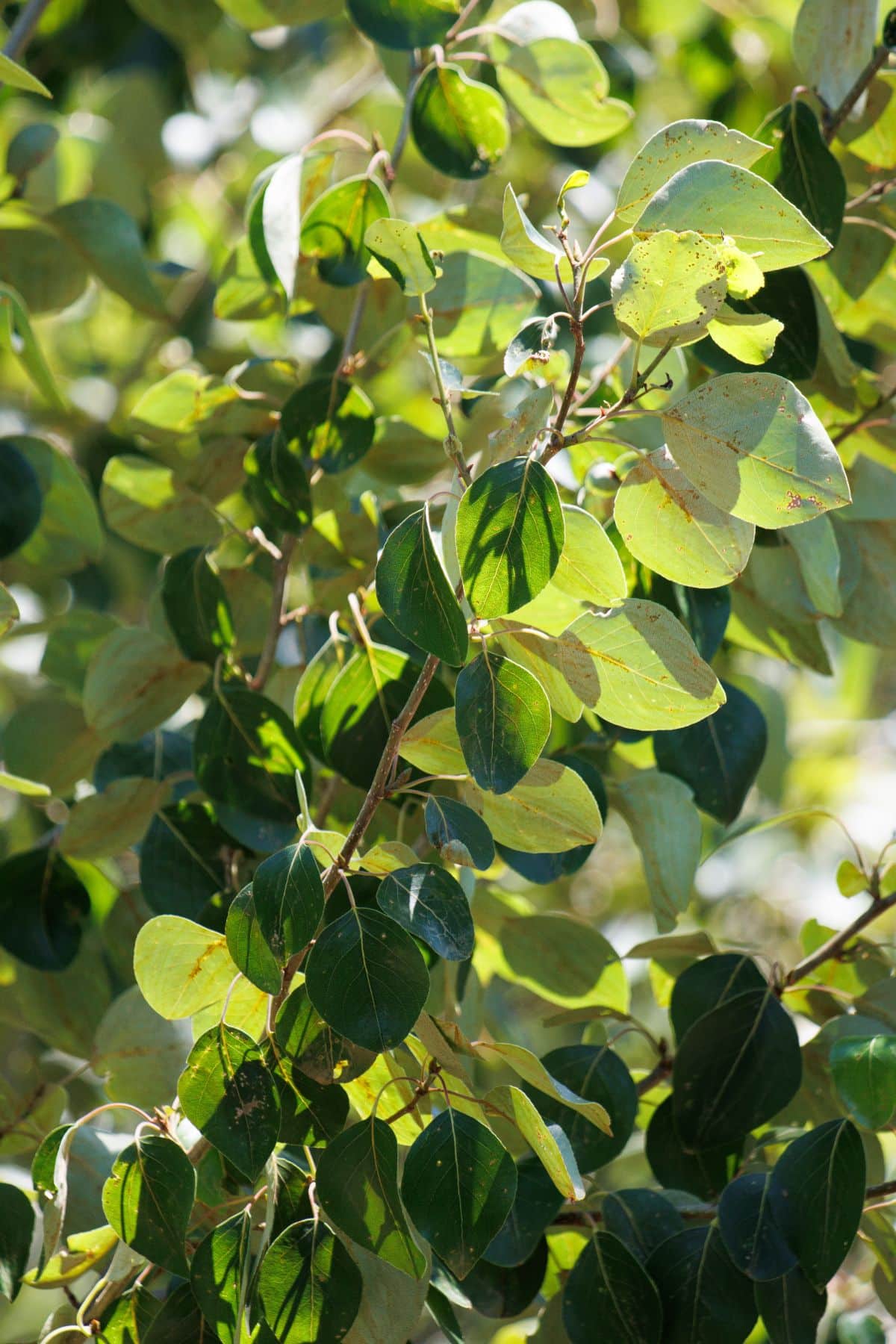
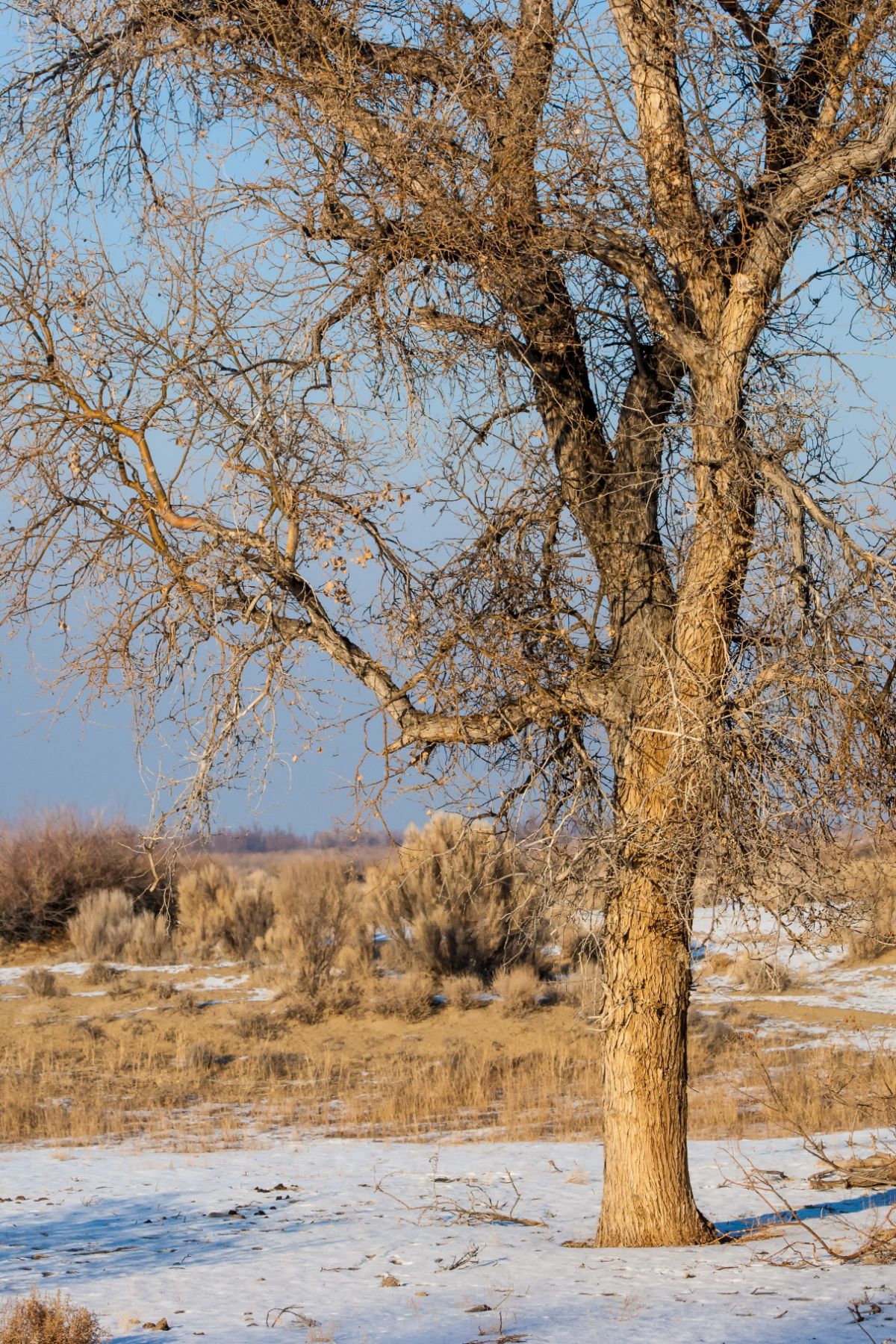
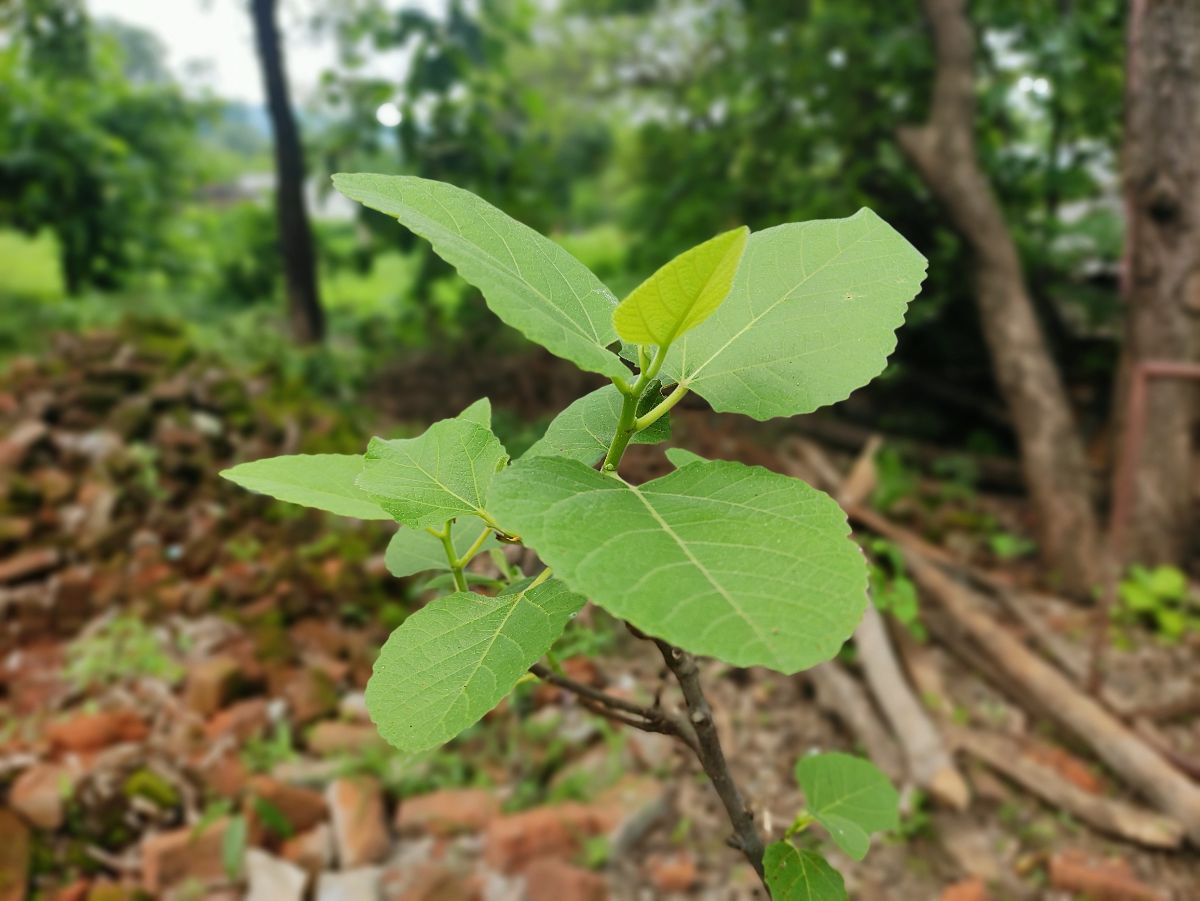
Elm
Many people consider this the quintessential tree for finding morels. The most widespread, common morel species grows with elm trees, making morel foraging pretty good around these trees.
Unfortunately, elm trees are currently in dire straits due to Dutch Elm Disease, a fungal infection spread by bark beetles. Progress has been made to eradicate the beetles through insecticides and a vaccine that fights the infection. Also, new elm tree cultivars have been developed that are immune. There is hope, but millions of trees have been lost over the last 100 years due to this disease.
Identification:
Elm trees are fast-growing and long-lived, if they don’t succumb to disease. They grow upwards of 100 feet and, when they branch out, often take on a vase-like shape from afar. Their leaves are oval with a pointed tip. They grow alternately along the stem, have serrated edges, and have an asymmetric base formation. The bark is gray or greenish with deep vertical ridges.
Region:
Elm trees grow naturally east of the Rocky Mountains. They are also somewhat common as landscaped species all over the country.
Tips:
- Elms occur in natural forests, but they are also a popular landscape tree – don’t limit your search to elms in the forest.
- Dead elms are the best place to look for morels. Not dead and diseased, but dead from old age.
Morels: M. americana
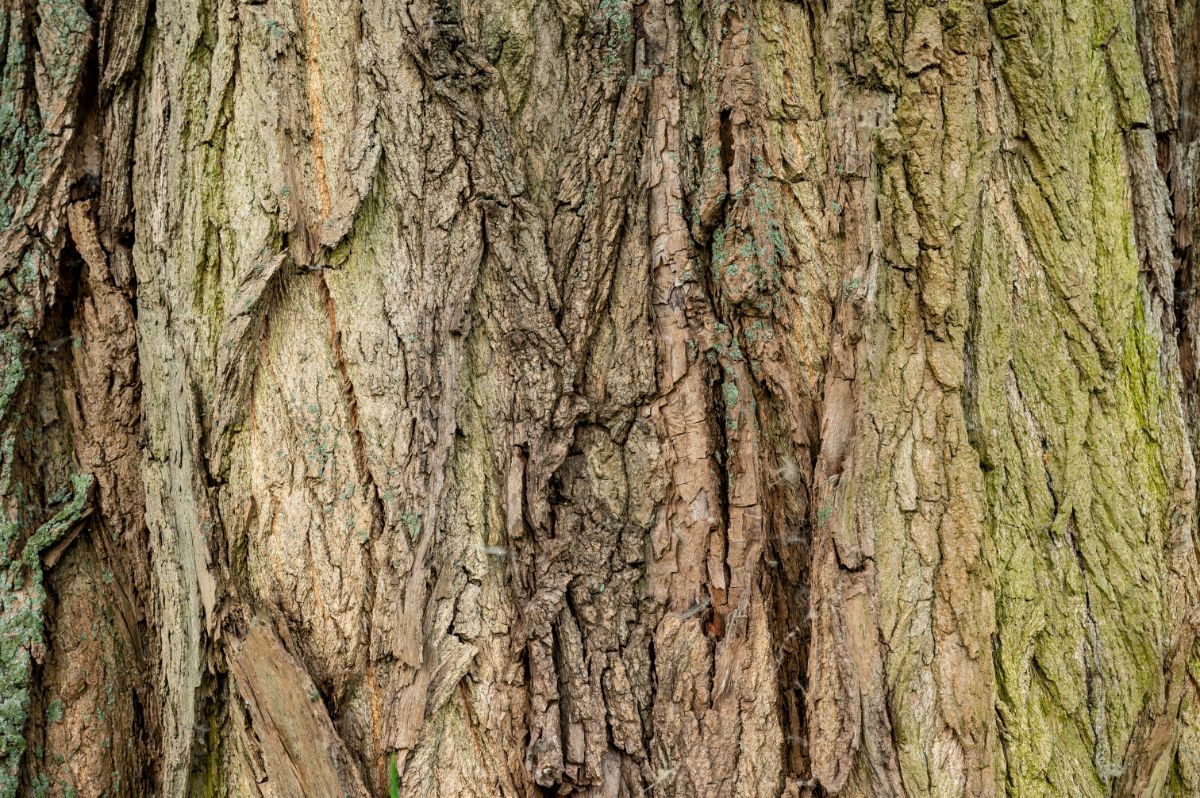
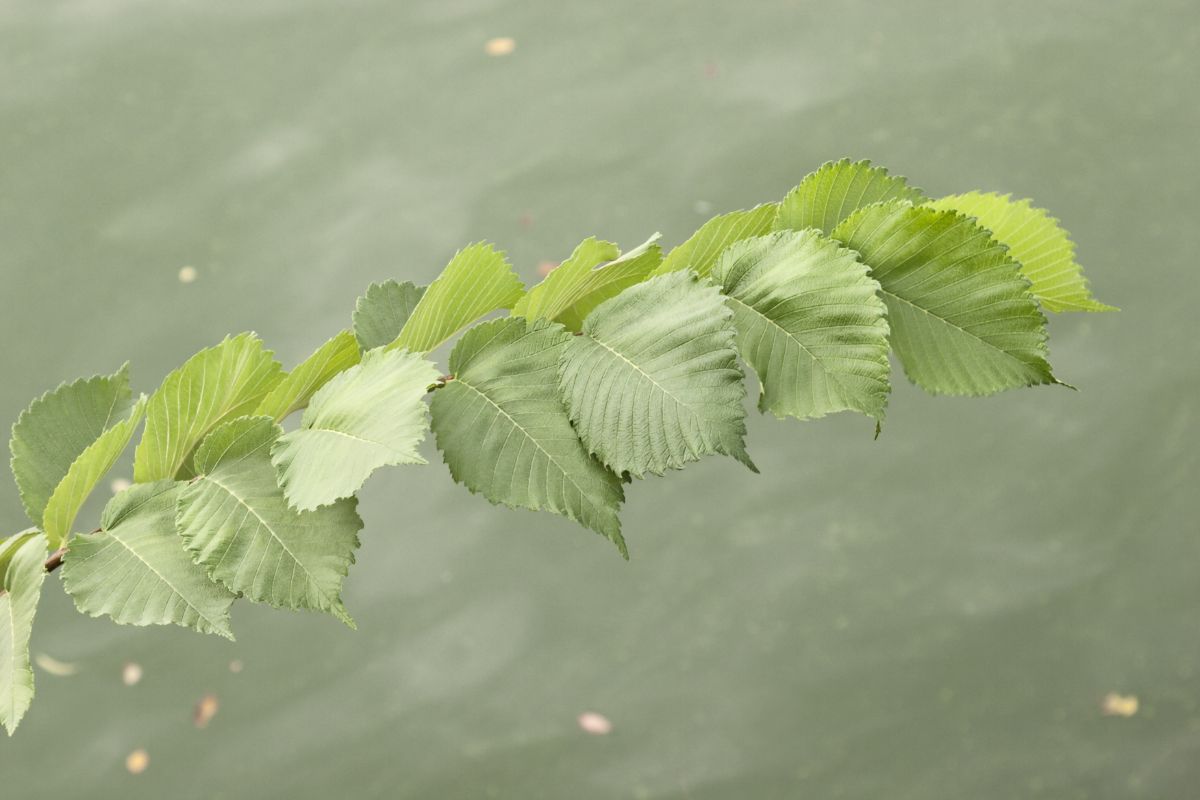
Oak
Identification:
The two oak species that are most associated with morels are the white oak and the red oak. Their bark is generally rough and scaly, and they have lobed leaves that may be rounded or pointy.
Region:
Oaks can be found all across North America, with the exception of the very far north and far south. Some of the best places to find oak forests for morel foraging include the Appalachian Mountains, the Ozarks, and the Great Lakes region.
Tips:
- Oak leaves are typically lobed, with a characteristic “U” shape at the base of each leaf.
- White oak leaves tend to have rounded lobes, while red oak leaves have pointy lobes.
- Look in older, established oak forests.
Morels: M. prava, M. brunnea, M. frustrata
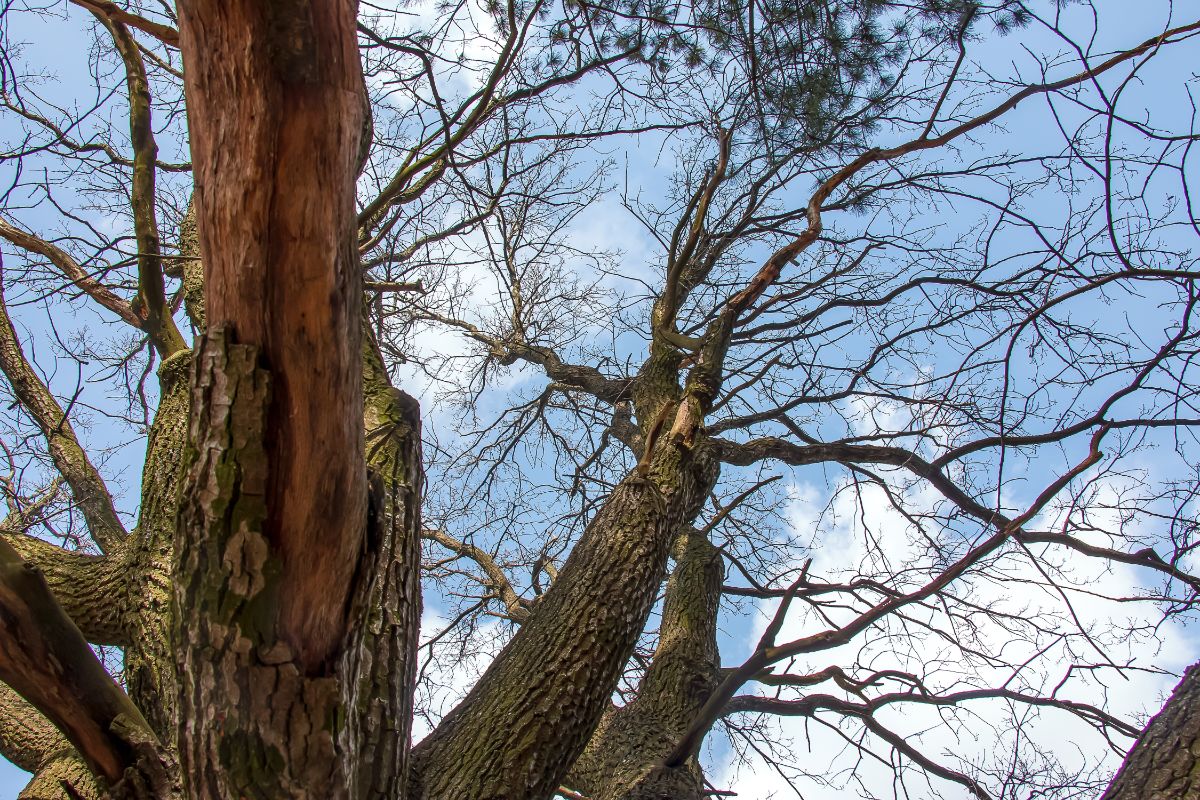
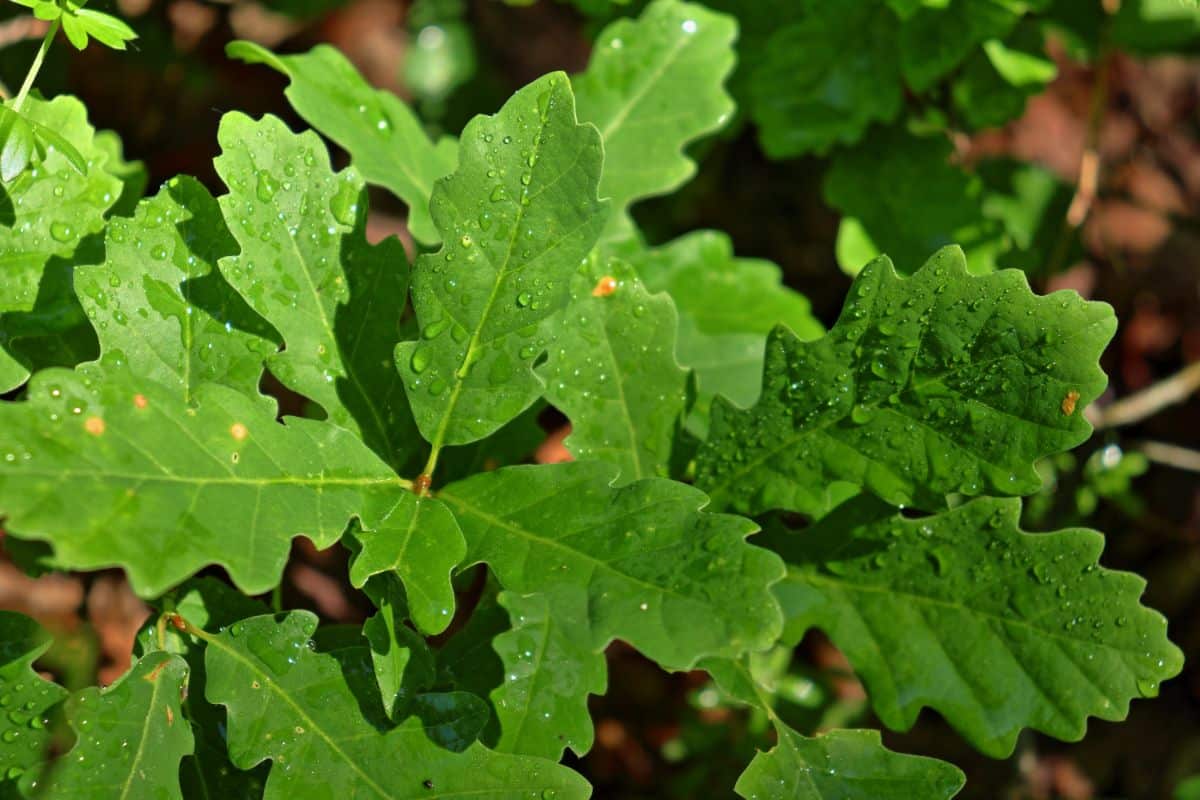
Pine
Identification:
Pine trees are evergreen conifers that do not lose their color in winter. They range in size from 10-260 feet tall and live very long lives. Their bark is thick and scaly, and the needles are long and grow in clusters.
Region:
Both the eastern white pine and red pine are commonly found throughout the northeastern United States and eastern Canada. Ponderosa pines are exclusive to western mountainous regions. Sugar pines are the largest pine and grow along the Pacific Coast.
Tips:
- The eastern white pine has needles that are five to eight inches long and grow in groups of five. It has a smooth, greyish bark with horizontal fissures.
- The red pine has shorter needles that grow in clusters of two and a reddish-brown bark that flakes off in scales.
- Ponderosa pines feature orangish-red bark that forms broad plates with deep crevices. The needles form in groups of 2-3 and are very long, averaging 5-8 inches long.
- Sugar pine bark is brownish to purplish and has needles that grow in bundles of 5. The sugar pine is known for having the longest pine cone, a giant cone commonly reaching 15-20 inches long.
Morels: M. prava, M. snyderi (ponderosa), M. frustrata (ponderosa, sugar)
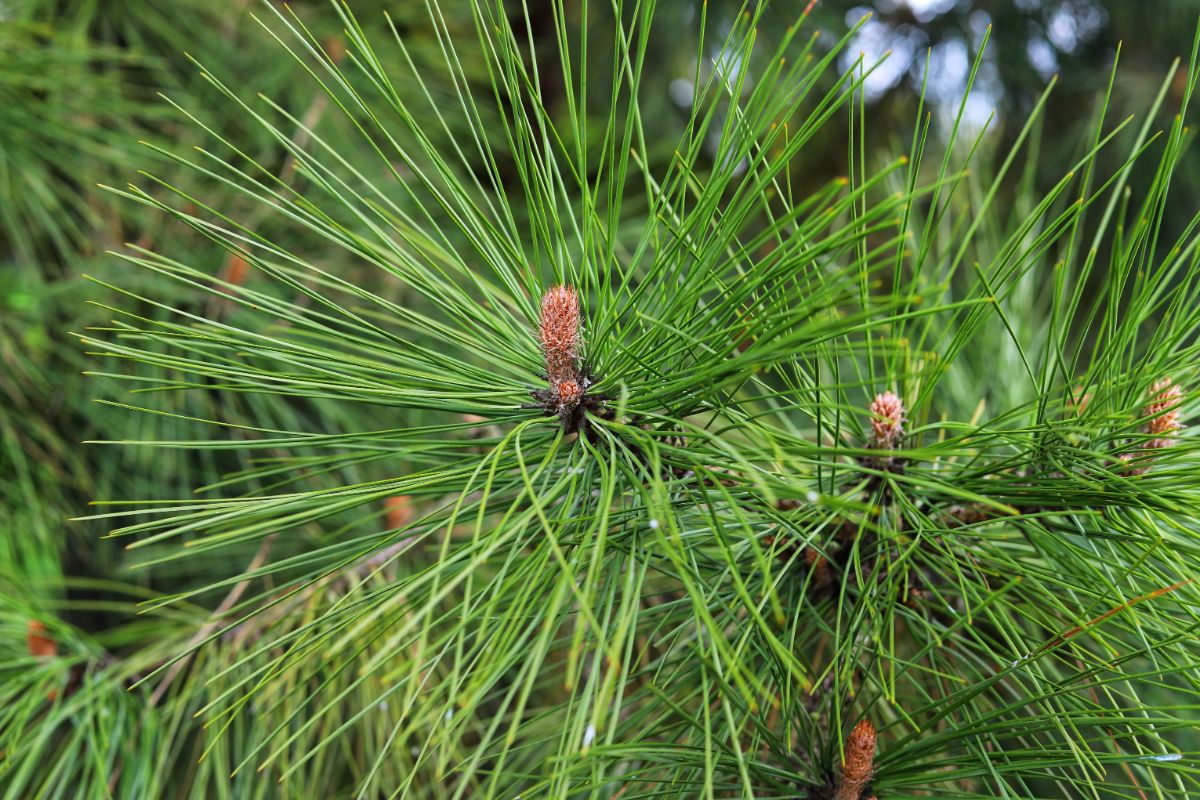
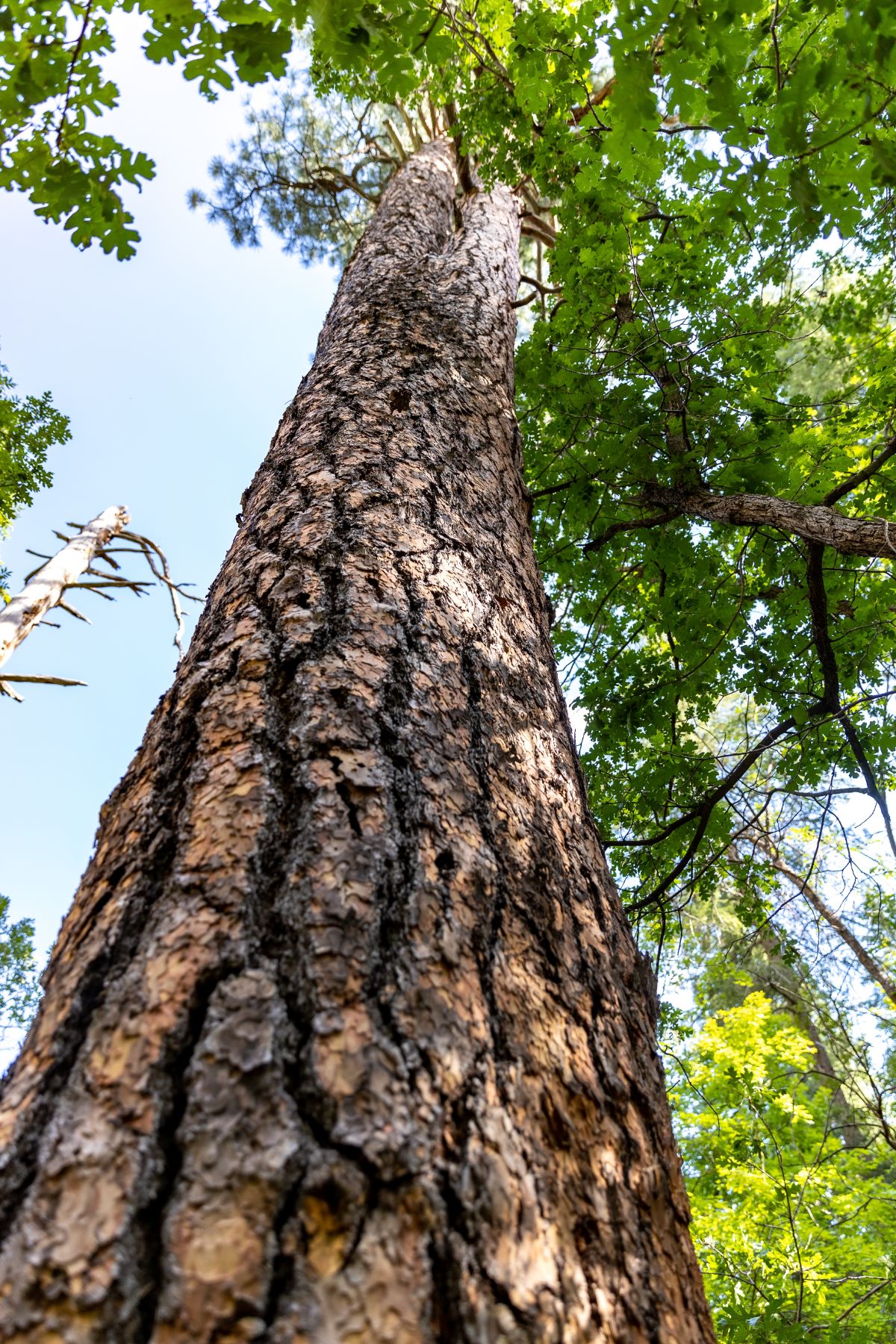
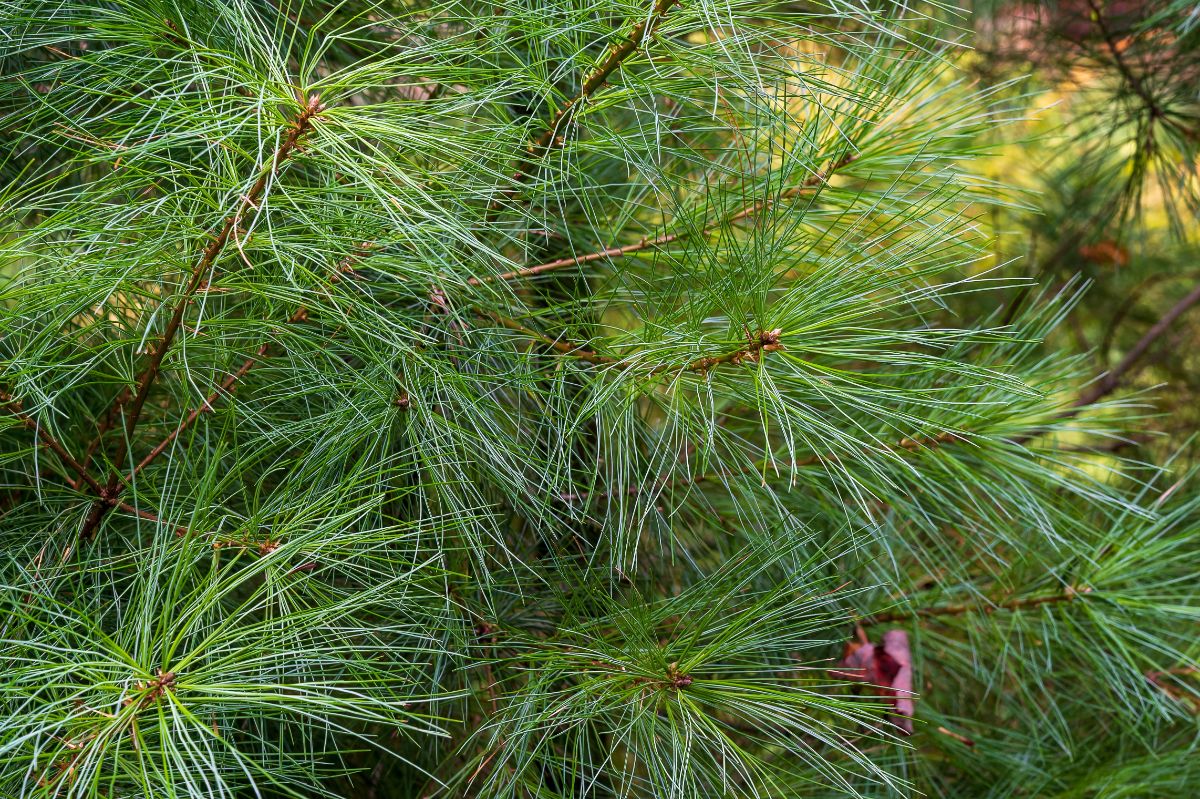
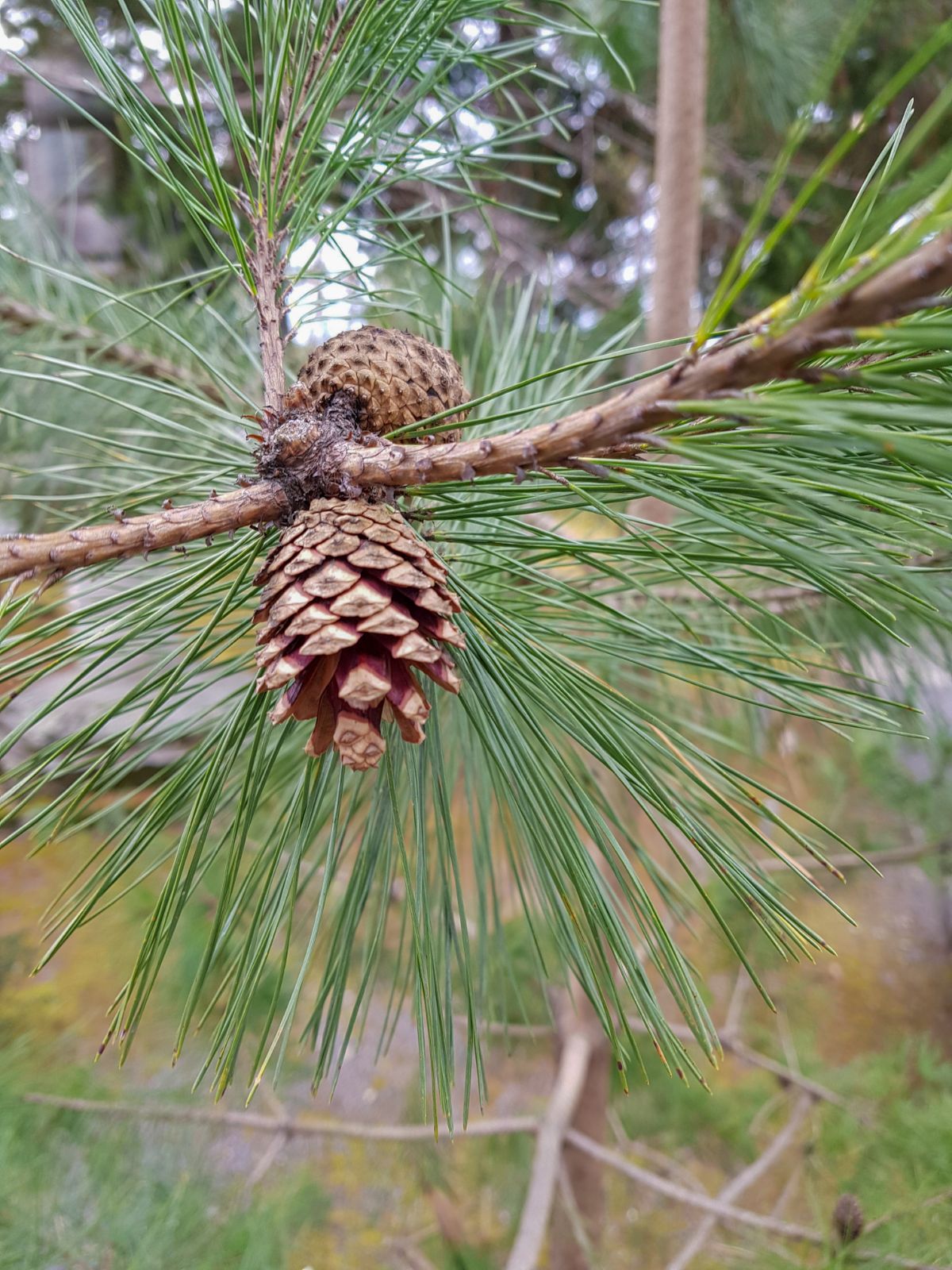
Sycamore
Identification:
Sycamores are distinctive trees with mottled, patchy white, gray, and brown bark. They can grow up to 130 feet tall and have straight trunks and broad crowns. The leaves are lobed and serrated at the edges.
Region:
Sycamore trees grow widely but often sparingly across the country. On the east coast, east of the Rocky Mountains, is the American Sycamore. The southwest has the California Sycamore and Arizona Sycamore.
Tips:
- Sycamores thrive in wet environments like creek, river, and stream bottoms.
Morels: M. americana
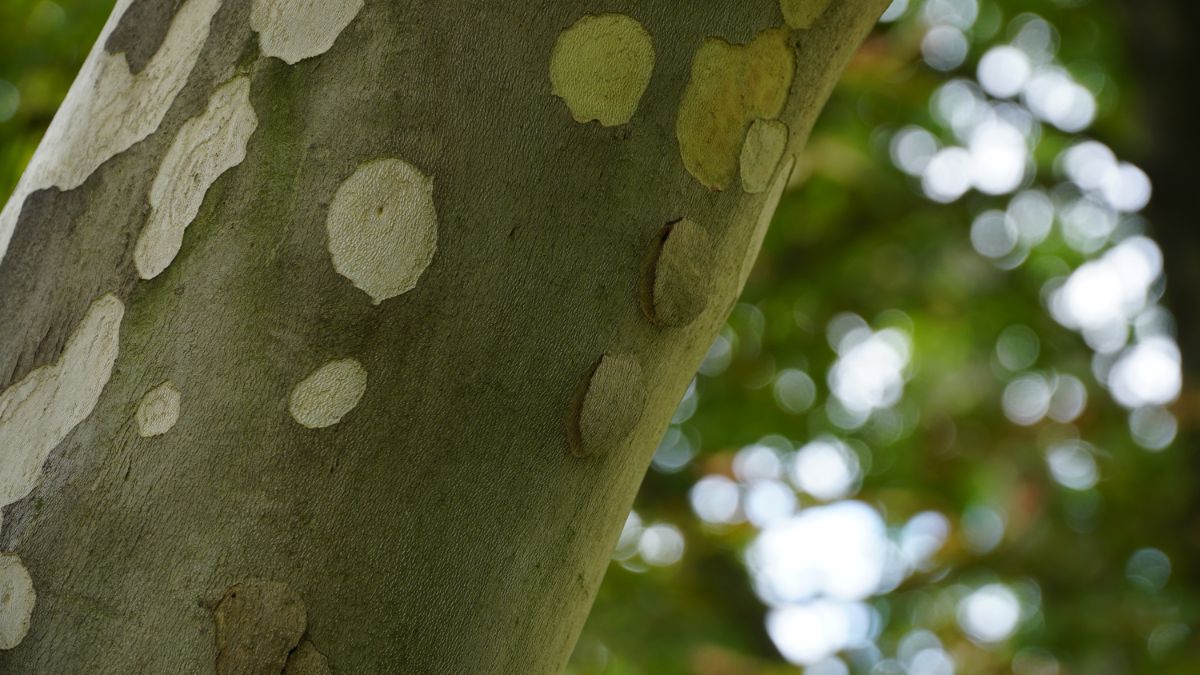
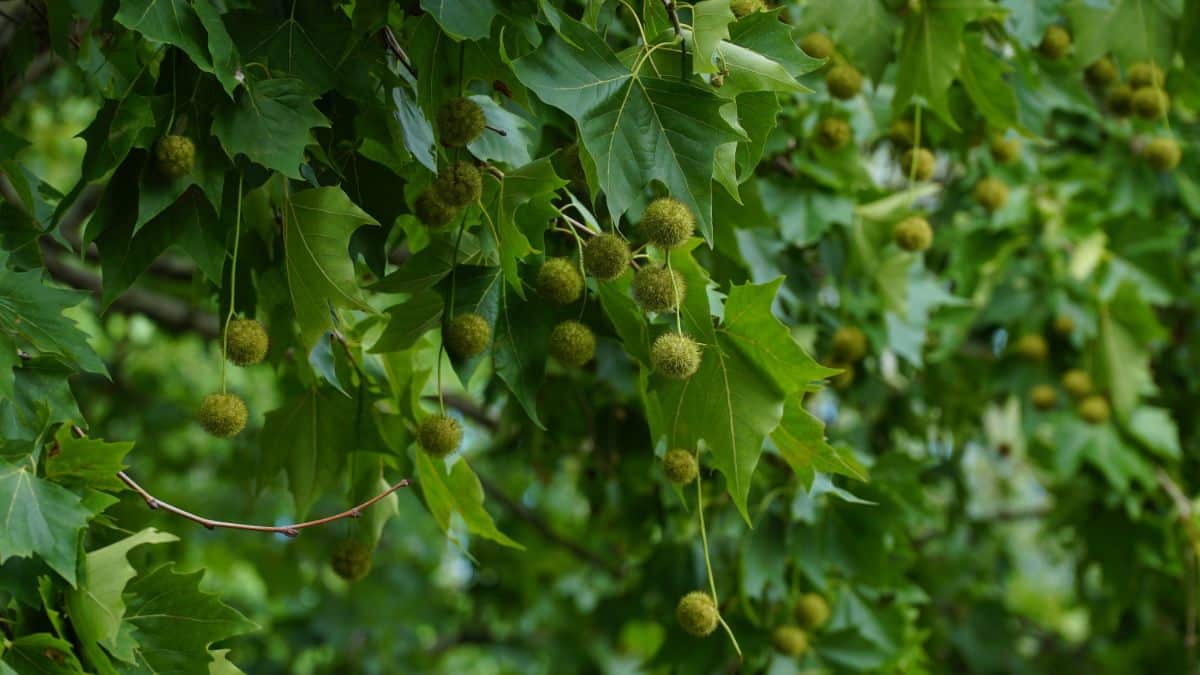
Tulip Tree (aka Tulip Poplar)
Identification:
Tulip trees are among the largest native tree in eastern North America, reaching up to 192 feet. They have furrowed brown bark and alternate deeply lobed leaves that are tulip-shaped. Their canopy is dense and vast, usually with minimal growth beneath them.
Region:
The tulip trees’ range spreads across eastern and southeastern North America. It is the state tree of Tennessee, Kentucky, and Indiana, and is more common in the southern states.
Tips:
- Look around creek bottoms or places where spring rains floLow-lying areas are an excellent place to start.
- In southern regions, the tulip poplar flowers in April, which may coincide with morel fruiting. In more northern regions, it doesn’t flower until June, much later than the morel season.
Morels: M. angusticeps, M. cryptica, M. diminutiva, M. virginiana*
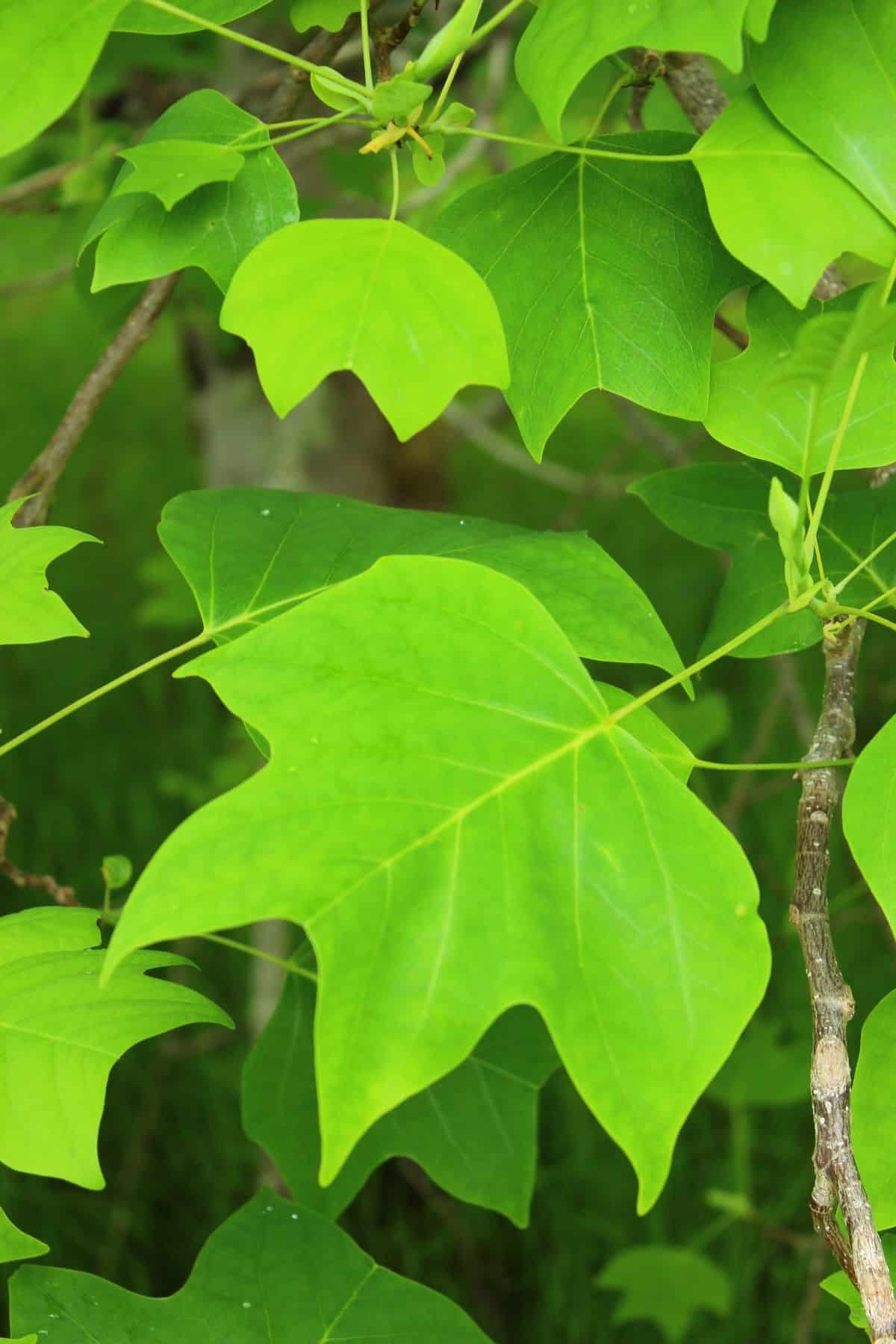
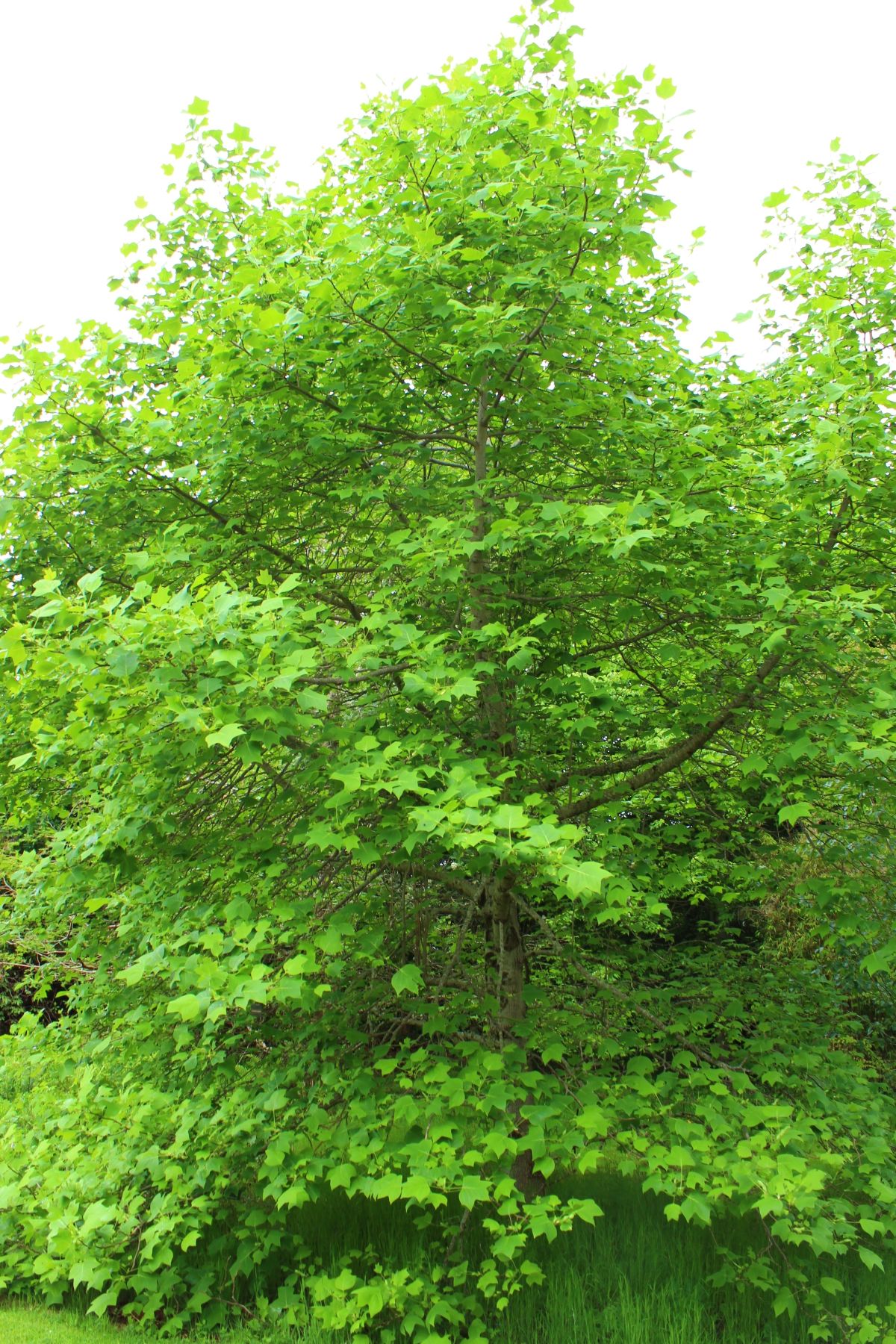
Landscape Morels
These morel species don’t build relationships with specific trees. They may have a preference for wood mulch types, but it does seem to vary. And these morels aren’t found in the woods with the live tree species but instead in the landscaped area in the broken-up tree mulch. So, don’t limit your morel foraging efforts to the forests! Basically, just always keep your eyes open in spring and your chances of finding them go up exponentially.
Landscape morels are a lot of fun to find because usually they’re right in your yard or neighbor’s yard, or you’ll see them walking down a city sidewalk.
Morels: M. importuna, M. rufobrunnea
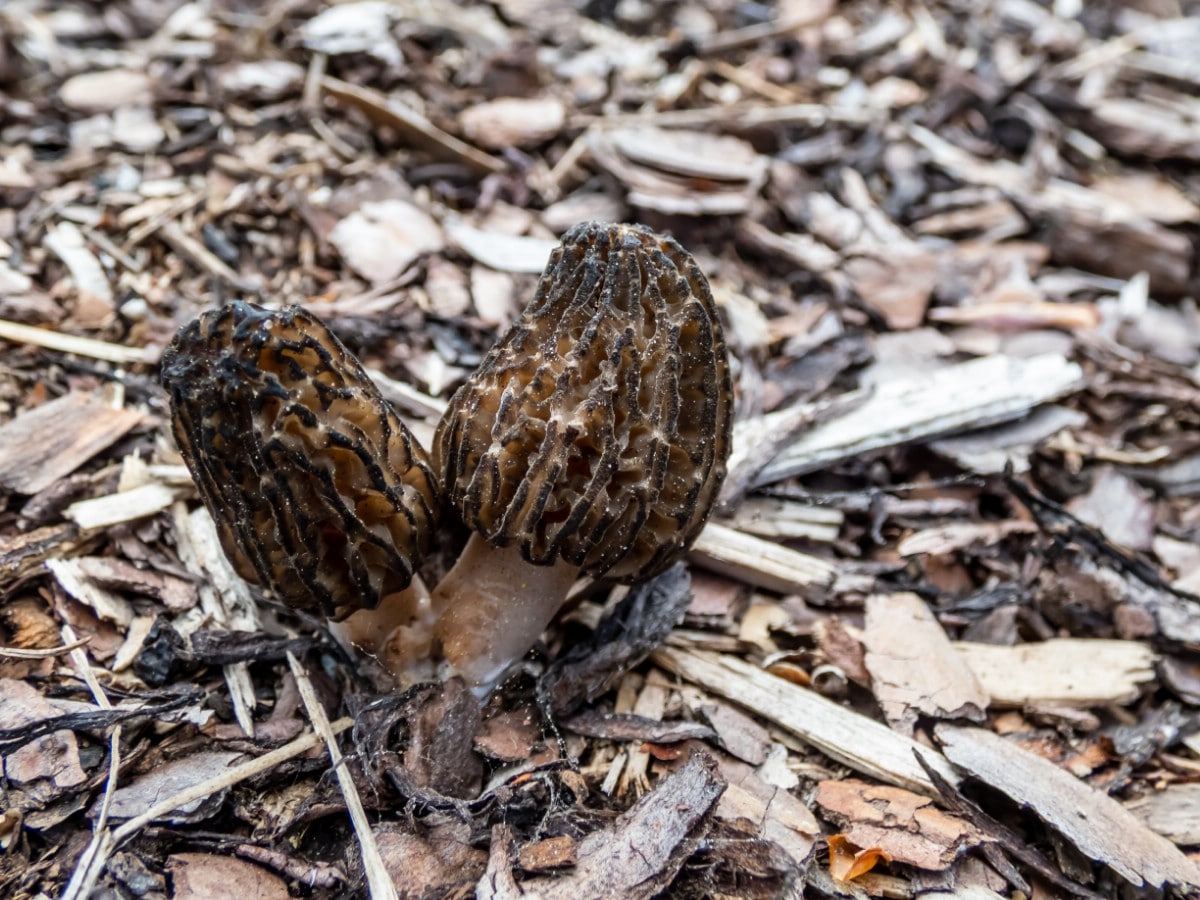
Burn Morels
Morel foragers in the Pacific Northwest are lucky to have wide access to “burn sites .”Burn sites are places where forest fires naturally replenish the forest. The disturbed ecosystem brings huge flushes of morels. Usually, the following year after a fire is when the morels are most prolific.
The morels are found in conifer-rich forests that have burned, with some having a preference for firs while others are more likely to be found with pines. Interestingly, there is no evidence that these burn morels are mycorrhizal. We assume they are because they always appear in conifer forests. Still, it may be they like the type of soil or even like the trees but aren’t symbiotically physically connected to them underground.
Morels: M. sextelata, M. septimelata, M. capitata, M. tomentosa
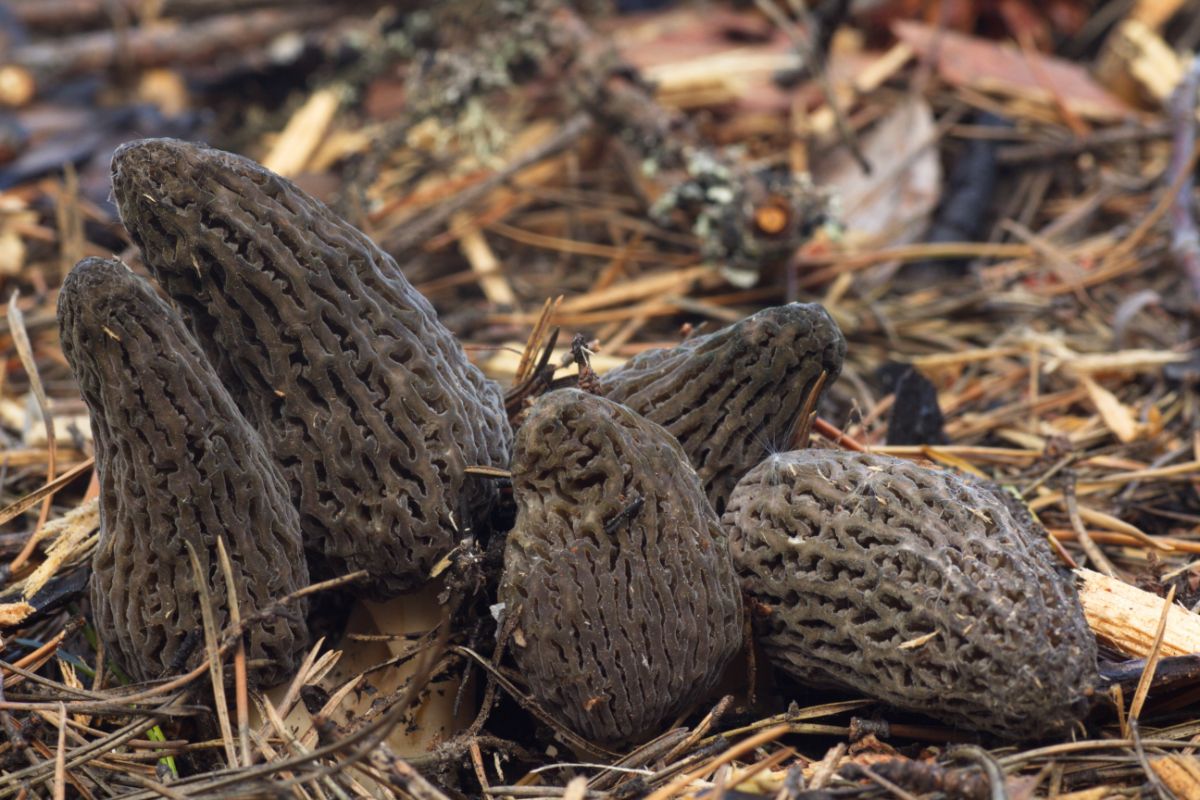
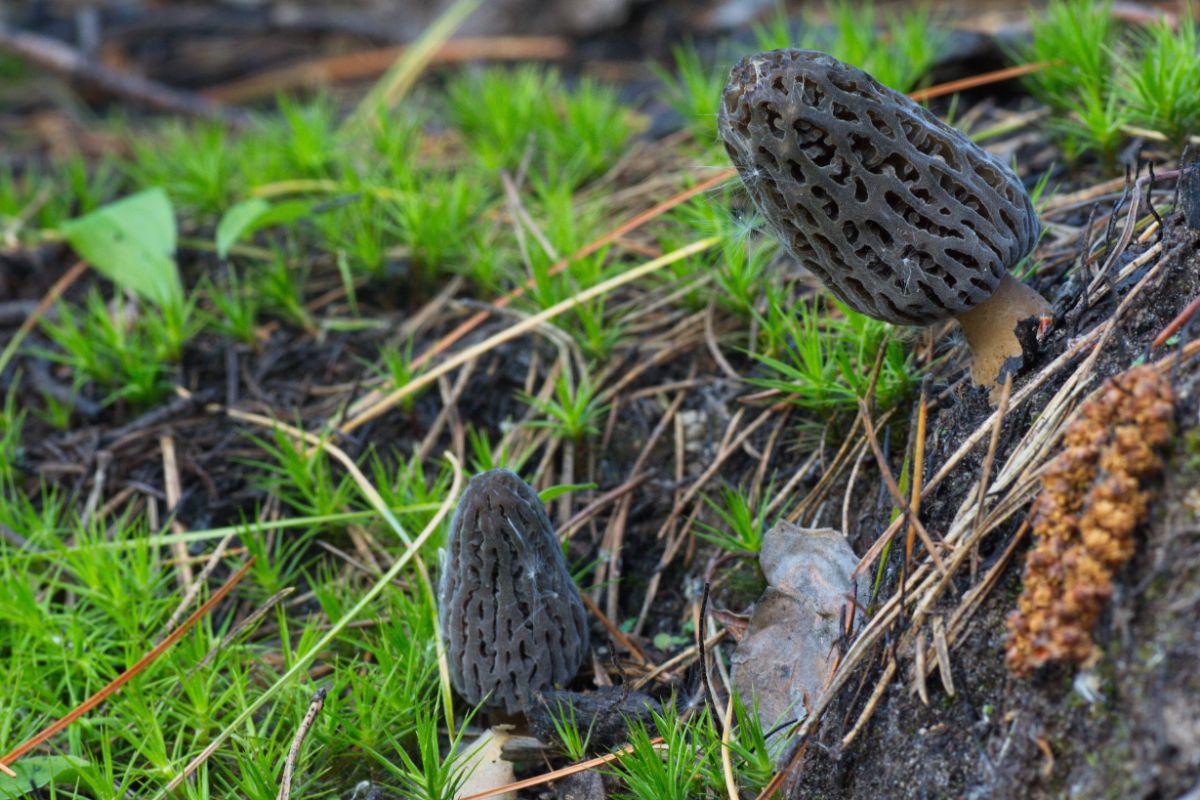
Common Questions About Morel Foraging
Do morels grow on dead trees?
Morels grow from the ground in association with specific tree species. They never grow on the actual tree. There is some theorizing that morels have a preference for dead trees, but there isn’t much to back this up. Yes, they will grow with dead trees, but they will also happily grow around live trees.
Do morels grow in the same place every year?
Morels do grow in the same places every year, but it is not a guarantee by any means. Remember, these are wild species and Mother Nature doesn’t follow the rules we sometimes wish she would! However,iIf you do find morels around a particular tree, mark it down somewhere and remember it for the next year. There’s a very good chance you’ll be morel foraging there for many years to come. This, of course, also depends heavily on environmental, climate, weather, and temperature conditions.





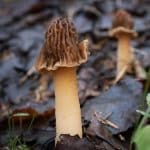
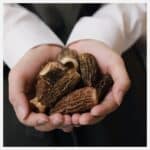
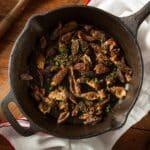
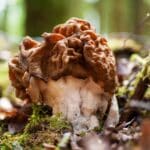
Kent Harris says
This is great info for me as this helps me to identify the various tree’s associated with Morels. Thank you all for making this for all to see and learn about.
Jenny says
Thank you! And happy foraging!
pam says
Don’t be fooled it’s not as easy as you think. Unless you have the scoop from someone for a moral hotspot, it is not easy at all unless you get lucky. I was lucky and lived in an apple orchard that was about 100 years old. Don’t live there anymore. I have an entire walking forest of tulip poplars, and for two years now still haven’t found any morales. ♀️ I keep trying
Jenny says
This is true, but you knew to look under the apple trees and tulip poplars — that’s a bit more than luck — that is knowledge! Without knowing where to look, you’d never have found them. It does take a LOT of patience too, not a hunt for the impatient, that’s for sure. Happy foraging and here’s to finding a huge honey hole of morels 😀
Chris says
I know the feeling, i
Have 15-20 huge ash trees in damo shady place on creek behind my
House. Haven’t found anything there in four years ive lived here.
Barbara Weaver says
I found this article very interesting. Everyone in my family likes to hunt mushrooms!! Thanks !
Jenny says
Thank you! And happy hunting!
Angel says
This information could have been more organized. Not all trees have good photos to go by. Each one should have had a photo of the tree back then the leaves. I guess I can google the names now at least. Also the ads on this site ruined the experience.
Jenny says
Thank you for your feedback. Yes, this is not a definitive identification guide for each tree — I could write an entire article for each tree but instead, let the reader take responsibility for learning the species well enough to identify them. There are many many other sites online and books in print that go into great detail on tree identification. I did not feel the need to reinvent the wheel.
As far as ads, well, that is the cost of free information. I don’t charge to access this site. But it takes many, many hours of research and writing and sourcing images to provide all this content to you in a concise, well-formatted presentation. If I eliminate the ads, then I’d be charging to access the site, which very few people would pay for because everyone likes all things free, especially online. If I was wealthy, I wouldn’t charge at all, but sadly I am a regular person who must make money to pay the bills. Time is money as they say and working for free is not feasible. All this translates to lots of annoying ads, so I can get paid to continue to provide you, dear reader, with free content to fuel your mushroom searches.
Glen says
I’ve been living in the Pacific Northwest for the last 40 years. I first noticed Bark bed morels or landscape morels about 30 years ago. After picking these morales for the last 30 years, I have learned a lot. First thing is they don’t come back. My assumption and it’s just that is that they are there because the spores are in the Bark the mushrooms fruit in the woods spore out cover the trees with spores. The trees are logged. The Bark is separated and sold his landscaping material. The curious thing is you will only find them in new landscape. You can Bark old landscape over again, but you won’t see the morels again.
If I get a chance to come back I’ll talk about disturbed soil.
CRYSTAL says
Very detailed information especially regarding trees. I’m going out hunting tomorrow in Mt Adams area hoping for my first find in the wild : ) Thank you for sharing this knowledge.
Jenny says
Thank you! And happy foraging to you. Remember to be patient, even the best foragers spend literal hours and years looking. But, when you know what to look for, you’ll be way ahead of the game
pam says
Who are words were never spoken. I’m pretty good at finding them but it’s been a few eat. Dry years and nothing. ♀️ Wishing you luck
Nathan Jones says
I want to buy some morel mushroom seeds and I need to know where I can buy them
Jenny says
I cannot help you with that.
pam says
That’s supposed to say truer words were never spoken
Jeromia says
Thanks for the extra tips. I find at least 2 every year and the more tips I get helps. Knowing air temperature as well as soil temperatures also helps. thank you and good luck hunting.
Jenny says
Thank you! And good luck hunting to you too!
Mystery says
My thoughts on this are, if you don’t know the difference between a pine tree, fir tree, apple tree, elm or any of the other trees, well… probably shouldn’t be out lookin for mushrooms. Just seems like a bad idea.
Jenny says
Our thoughts are that judging what others should and should not be doing is condescending. We do not gatekeep mushroom hunting. Anyone can learn the trees and learn to forage, if they desire, by educating themselves. Learning takes time, practice, and tons of patience and it’s absolutely and totally fine to start at the very very beginning, even if you have no knowledge on the subject at all. And that is why this article was written, for those motivated to take the first steps into morel foraging no matter at what level they are in tree or mushroom identification.
Steve Edward Venable says
Great info.
Jenny says
Thank you! And happy mushroom hunting!